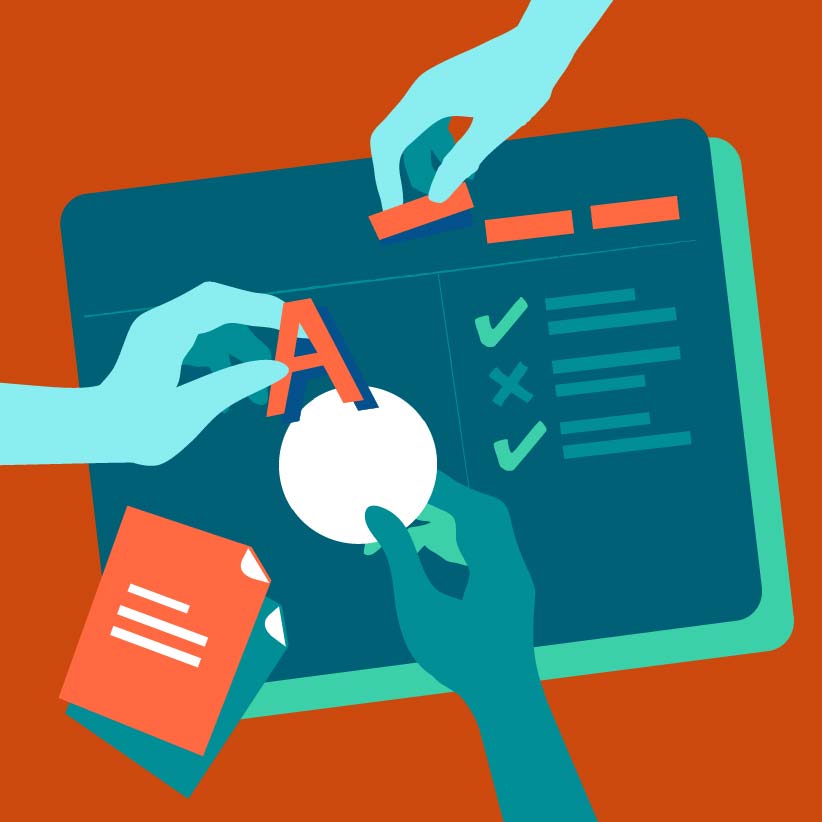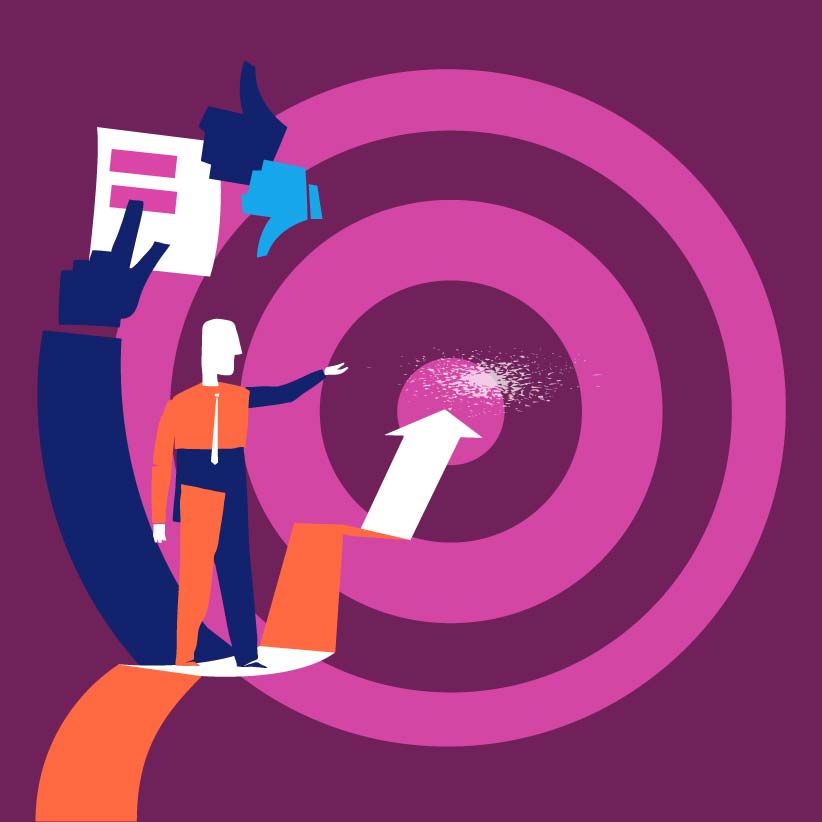The Capacity of Visualizing
The essential of designing resides on the ability to imagine how things will work before they materialize.
Espacio de Opinión
- Comments:
- 1
- Votes:
- 0
- ES
One day, while walking down the street, I saw a rock on the pavement. Following one of those reflect gestures that we keep from our teenage years, my first impulse was to kick it. However, I didn’t do it. Is not that I didn’t think about it, but I walked and passed it without touching.
I could have forgotten that trivial incident as I forget many daily things that happen; nonetheless, this time, I stopped to think about how that decision was made. Indeed, my conscious “I” wasn’t responsible. If “I” didn’t decide it, who did it? How was that decision made? What kind of circumstances had happened to do it? In some place of my mind, a process that judged the compulsive gesture that wanted me to do it prevented me.
In some place, we have an automatic and very sensible system that judges what we are about to do in an “unconscious” way. A straightforward trial is established without refinements. A kind of lucky binary traffic light that tells us “go on” or “stop.” In this occasion, it considered this an inadequate gesture and stopped it. The order was clear; however, what data took into account to adopt it? As fast as it were, the assessment must have had some pros and cons that the impulse could provoke. This meant a quick evaluation of the caliber of the rock: size... density... weight... this rock was a projectile of optimal dynamic characteristics. It also calculated the distance between my feet and the rock... the speed in which I was walking, something that would increase the strength of the kick... a flat floor would be an excellent area to take off... the rock would not find any obstacle to slow it down. All of this gave an idea of the scope of the projectile and the possible shot chances. The fleeting image of the reflect in some glass windows and of people approaching into the shooting range. My mind saw all that in a flash as if it were a filmed sequence of what could happen... and it didn’t like it. Is this premonitory vision of what could cause a gesture, an act or a word, and decides if it is worth it or not. In this case, I determine this impulse will be stopped, and my foot walk past the rock without even touching it.
But these premonitory visualizations can only be possible if we have a wide variety of previous experiences. This stock of knowledge has trained us to value what we see and to sense what could happen depending on the circumstances. Is that number of incidents that we have lived or seen what by extrapolation, we apply when assessing. We not only apply them to the impulsive ones, as the anecdote said before but also to the completely conscious ones. This way, when we create, we make similar operations, but this time inverted. We use the same capacity of visualizing in mind things that do not exist, to see how they would work in case they did exist. Hereof we use the objective data we have, and we know precisely the actions we want to get. On this basis, we built the profile of the perfect design we want to achieve in our imagination. In this kind of premonitory way, we visualize virtual objects to which we equip with the suitable shapes and materials. These are incorporeal ideas that we subdue to the tests they would have to overcome in case they were real. This way, we can design in our minds shapes and mechanisms to help us foresee their behavior when they are built in a particular object. Based on this imaginary foreseeing, we can dismiss or keep alternatives depending upon their aptitudes when accomplishing what we need them to do. Is extraordinary to see how, in a spontaneous and unconscious way or, on the contrary, quite aware, we provide our mind with a set in which we can film those “films” that foresee what would be an impulse and those designs that have not yet been produced. Being this what allows us to avoid mistakes and to make possible some successes.
Formación Especializada
Complementa tu visión con formación estructurada. Nuestros cursos aportan las herramientas técnicas y estratégicas que el mercado actual exige.
Ver Oferta AcadémicaComparte
Por favor, valora el trabajo editorial utilizando estos enlaces en lugar de reproducir este contenido en otro sitio.

Topics covered in this article
What do you think?
Your perspective is valuable. Share your opinion with the community in the discussion.
Comment now!




